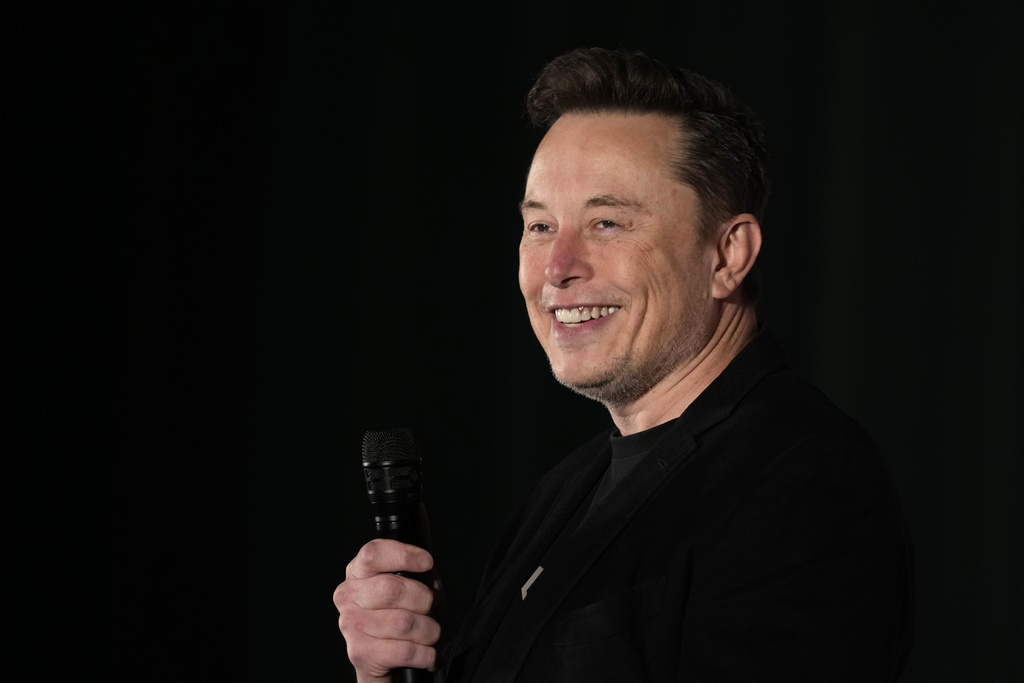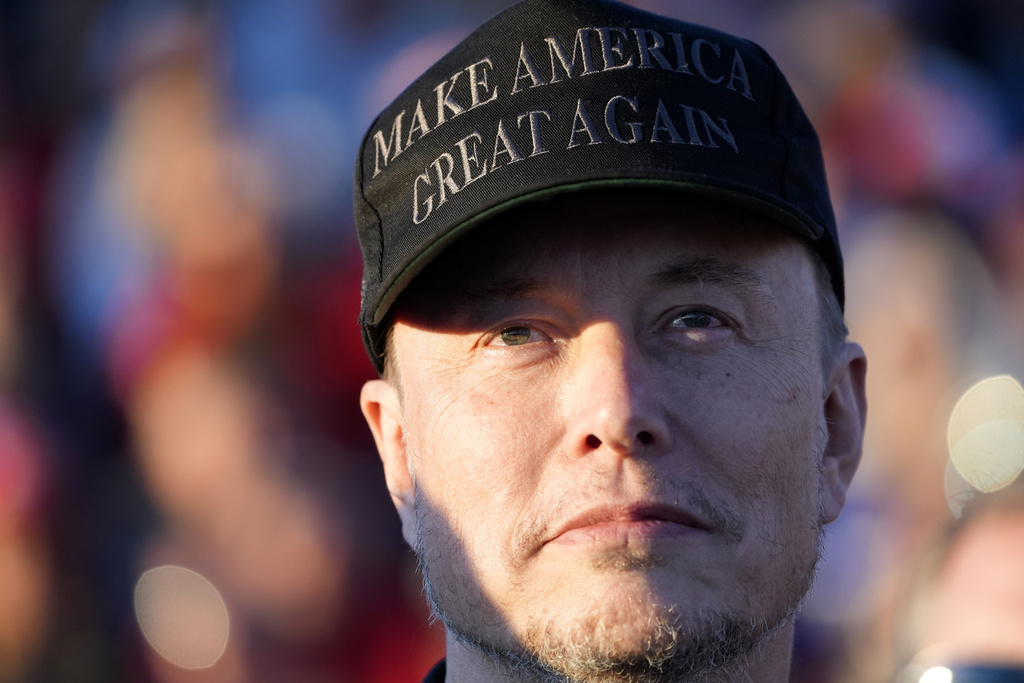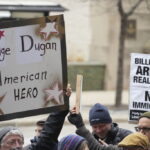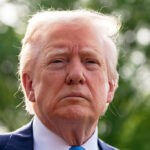Elon Musk’s $200M PAC Support Key to Trump’s 2024 Win \ Newslooks \ Washington DC \ Mary Sidiqi \ Evening Edition \ Elon Musk’s super PAC, America PAC, spent $200 million supporting Donald Trump’s election through innovative voter outreach and advertising, reshaping campaign strategy for billionaires in politics. With new FEC rulings, America PAC worked directly with Trump’s campaign to increase voter turnout in battleground areas. This unprecedented coordination could change the future of high-stakes elections.

Trump’s 2024 Victory: Musk’s Super PAC Influence Quick Looks
- Massive Financial Support: Musk’s PAC invested around $200 million, primarily targeting low-frequency and first-time voters.
- FEC Ruling Impact: A recent FEC ruling allowed coordinated canvassing between Trump’s campaign and super PACs, maximizing voter outreach.
- Targeted Ads and Sweepstakes: America PAC ran wide-reaching ad campaigns and launched a million-dollar voter sweepstakes, boosting Trump’s support among younger demographics.
- Operational Challenges: Reports surfaced of canvassers facing poor working conditions and allegations of falsifying outreach.
- Ongoing Involvement: Musk indicated plans to continue PAC involvement in future elections, hinting at even more local-level impact.
Deep Look
America PAC, largely funded by Musk, focused on highly targeted canvassing efforts that reached voters previously overlooked by traditional campaign strategies. Musk’s support for Trump went beyond the financial: the billionaire frequently joined Trump at rallies, drawing in younger supporters and adding a layer of celebrity influence that the campaign leveraged to widen its appeal.
A significant boost to America PAC’s efforts came in March with a Federal Election Commission (FEC) ruling allowing super PACs to coordinate canvassing directly with campaign teams. This decision allowed Trump’s campaign to lean on Musk’s PAC to fund canvassing and outreach, enabling the campaign to reallocate resources toward broader advertising efforts and demographic-specific outreach that included Black and Latino men, groups where Trump saw significant gains in 2024.
Musk’s support extended beyond financial backing. As the owner of X (formerly Twitter), Musk lifted many of the platform’s restrictions on Trump’s account, allowing him to regain a digital presence and connect directly with his audience. This move was controversial but widely seen by Trump’s base as a stand against perceived social media bias. Musk’s stance against content moderation efforts aimed at curbing disinformation was popular among Trump supporters, reinforcing the narrative of resisting censorship.
The new PAC model implemented by America PAC took a different approach to the ground game in battleground states, utilizing paid canvassers and expansive door-knocking campaigns in rural and suburban areas. This strategy paid off with noticeable turnout increases for Trump. However, the PAC’s efforts were not without issues. A report from The Guardian indicated that some canvassers had reportedly falsified their work, logging visits to addresses they hadn’t actually approached. Further investigations from Wired alleged that canvassers had worked under challenging conditions, including traveling in the back of rented U-Haul vans and facing unreasonably high quotas. Some workers claimed they were fired without pay after Wired published its report, leading to a lawsuit against America PAC.
The Trump campaign’s strategy of conserving “hard dollars” by leaning on the PAC’s canvassing resources allowed them to reach a wider audience with their paid ads. According to Blair, this dual approach enabled the campaign to run both broad national ads and more nuanced campaigns targeting key demographics, leading to surprising gains in voter support from young Black and Latino men.
The FEC ruling and Musk’s unprecedented involvement may signal a new era of PAC influence in U.S. elections. Previous PAC-led initiatives, like those supporting Florida Governor Ron DeSantis during his 2024 GOP primary bid, struggled with coordination issues, which the FEC ruling now partially addresses. DeSantis’s super PAC, Never Back Down, invested over $130 million in his campaign, but it faced internal conflicts and unclear lines of communication with his official team, hindering its impact. By contrast, America PAC and Trump’s team operated under a more permissive regulatory environment, which Blair described as “an entirely different universe” in terms of what was possible for coordination.
Trump’s acknowledgement of Musk’s support was visible on election night, where he credited Musk as a “new star” in the GOP sphere. Musk’s popularity with young men and his influence as a public figure brought attention to Trump’s campaign, and Trump publicly praised Musk’s involvement. With Musk’s help, Trump not only drew in younger voters but also benefited from Musk’s tech industry connections and influence over social media.
The partnership between Trump and Musk’s PAC may serve as a model for future campaigns, indicating how wealthy individuals and PACs can reshape the election landscape through direct support and strategic investments. Musk himself hinted at continued involvement on election night, mentioning plans for future PAC activities focused on midterm elections and judicial races.
Elon Musk’s $200M Elon Musk’s $200M Elon Musk’s $200M







